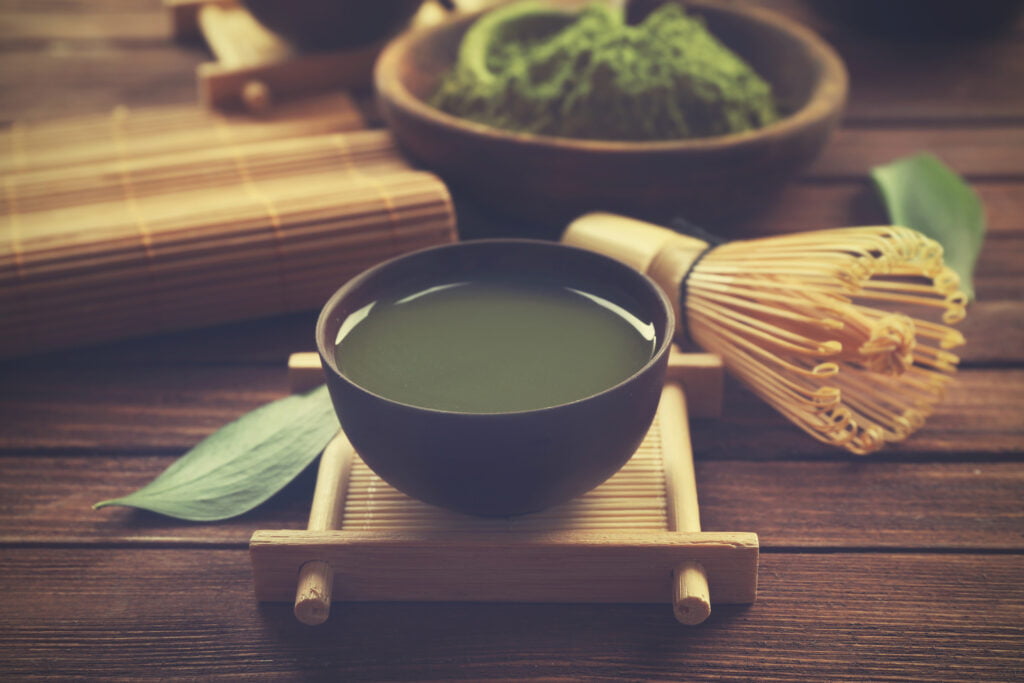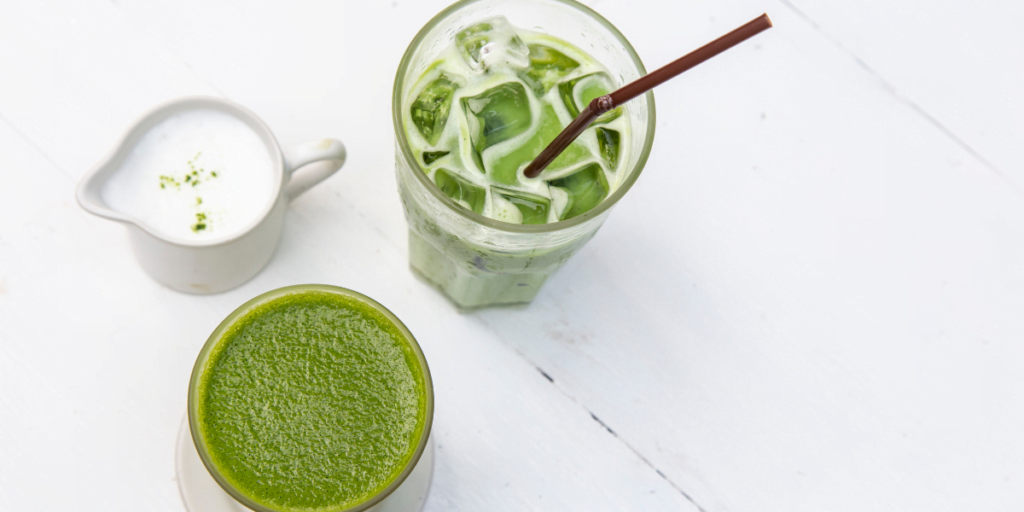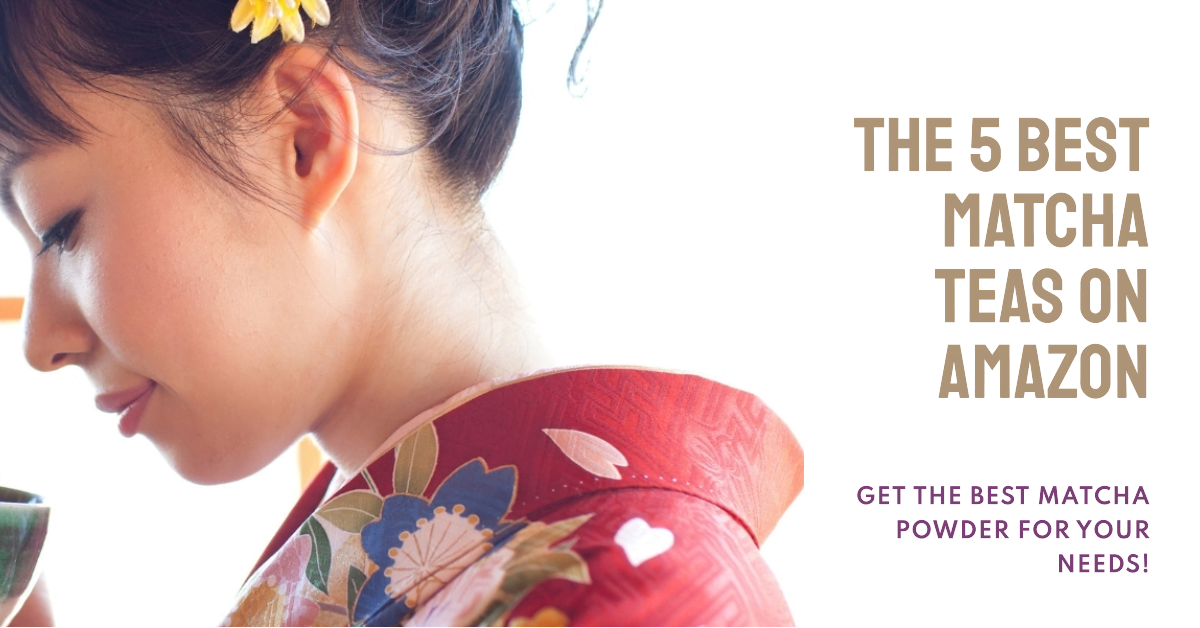Imagine an ancient ritual that calms your mind, energizes your body, and soothes your soul — all with a delicious, frothy cup of tea. Well, that ritual exists in the form of whisking matcha, a culinary tradition that dates back to the 12th century in Japan.
Today, I bring you a beginner’s guide to mastering the art of whisking matcha at home, where you can experience its rich flavor, vibrant color, and zen-like state of mind. Whether you’re new to this green tea powerhouse or want to elevate your daily matcha practice, join me in discovering how the simple act of whisking can bring tranquility and balance into your life—one sip at a time.
The Importance of a Matcha Whisk
You may wonder what the big deal is about using a matcha whisk for your green tea. Well, let me tell you, it truly makes a world of difference! A matcha whisk, or chasen in Japanese, is an essential tool specifically designed for preparing the perfect cup of matcha green tea.
Not only does a matcha whisk help dissolve the matcha powder in water but plays a crucial role in oxygenating the tea, creating a frothy and aromatic beverage.
A traditional matcha whisk is made from bamboo, which makes it highly flexible, durable, and imparts no additional taste or smell to the drink. This is especially important because it allows you to fully enjoy the delicate flavors of matcha without any interference.
Moreover, using a matcha whisk gives you an authentic and enjoyable experience, allowing you to feel like a true tea master while whisking your matcha to perfection! Trust me, once you’ve tried using a matcha whisk, you’ll never want to return to another method.

Care and Storage of Your Matcha Whisk
Taking good care of your matcha whisk is essential to ensure its longevity and effectiveness in making your daily matcha tea. Proper storage and cleaning techniques will keep your whisk in tip-top shape for years to come.
My go-to method for cleaning my whisk after each use is to gently rinse it under warm water and remove all traces of matcha from the tines. I advise against using any soap or detergent as it could damage the delicate bamboo material.
Once you’ve cleaned your whisk, I recommend using a whisk holder or kusenaoshi to maintain its shape when not in use. Simply place the whisk with the tines facing downwards on the holder, allowing any excess water to drip away and ensuring the whisk doesn’t close in on itself.
This maintenance routine adds a touch of authenticity to your matcha experience and helps to retain the whisk’s effectiveness in whisking up that perfect frothy cup of matcha tea. Remember, the better you care for your whisk, the longer it will last, and the more enjoyable your matcha tea moments will be!
Preparing Your Matcha
As a matcha enthusiast, I’ve learned that preparing the perfect matcha bowl is crucial for an authentic and delicious tea experience.
Step 1
Preheat your tea bowl by pouring boiling water into it, swirling it around for a few seconds, and then discarding the water. This simple step helps ensure that my matcha retains its optimal temperature when whisked with hot water.
Step 2
Moisten the chasen (bamboo matcha whisk) with some water and shake off any excess. This step helps soften the tines, making them more flexible and efficient at creating a beautifully frothy matcha blend.
Step 3
Using one to two scoops of matcha powder, carefully add a small amount of cold water (about a teaspoon) to form a smooth, lump-free paste that’s ready for whisking.
Step 4
Pour in hot water to begin the main whisking process. Make sure to move my wrist quickly and firmly, forming M or W shapes in the bow
Step 5
Frothy bubbles should appear as matcha powder, water, and air combine to create a delightful texture. Gently run the whisk over the foam once or twice to eliminate large bubbles.
Step 6
Remove the whisk and admire the beautiful peak formed in the middle of the foam, ready to enjoy your matcha masterpiece either hot or poured over ice for a refreshing treat.
Removing Lumps in Matcha Powder
Here’s the situation: I’ve tried making a bowl of frothy, delicious matcha green tea at home, but for some reason, it doesn’t turn out as smooth as I expect. Lumps of matcha powder keep appearing, and it’s just not pleasant to drink. As a fellow matcha enthusiast, I wanted to find out how to remove these annoying lumps and enjoy my tea as it should!
First, let’s start with the basics. Before whisking the matcha, sift the powder through a fine mesh strainer to remove any potential clumps. This will make it much easier for the whisk to mix the powder and create a lump-free paste. Next, add a small amount of cold water to the matcha and work it slowly with the whisk until it becomes smooth and clump-free. This will ensure a perfect base for a delicious bowl of frothy matcha green tea.
Breaking Up Large Bubbles in Matcha Foam
Breaking up large bubbles in your matcha foam is essential to achieving that perfect velvety texture we all love. When you’re whisking your matcha, it’s normal to have some larger bubbles form on the surface, but we want to get that foam as smooth and creamy as possible. So, once you’ve whisked for about 20-30 seconds and have a nice frothy layer on top, this is when you’ll focus on breaking up those pesky larger bubbles.
To do this, simply slow down your whisking speed and gently glide your chasen (bamboo whisk) over the surface of the foam. This will help pop and break up any remaining large bubbles, leaving you with a delightful creamy matcha foam.
The key is to be gentle and patient during this step to ensure the best results. Once you’re satisfied with the texture, you can finish off with a little flourish by bringing your whisk to the center of the bowl, giving it a gentle twist, and slowly lifting it out as you pour your matcha into your cup. Enjoy your perfectly whisked matcha with its smooth and velvety foam!
My Recommended Beginner’s Matcha Tea Set
TEANAGOO Matcha Tea Set
Experience the traditional Japanese tea ceremony with TEANAGOO’s luxurious Matcha Tea Set. Made with high-quality bamboo and ceramic, and this set includes seven pieces, including a bamboo whisk, scoop, ceramic bowl, whisk holder, scoop stand, tea cloth base, and a matcha powder sifter. Each piece is beautifully designed with a matching color scheme for a higher sense of ceremony.
This matcha tea set is perfect for those wanting to adopt the matcha tea lifestyle. Impress your loved ones with a beautiful and practical set that allows them to prepare the most naturally beneficial drink in the world. Packaged in a color box, this set also makes a wonderful gift for matcha tea lovers.
Pros
- Crafted entirely from bamboo, it boasts a vegetable oil finish contributing to its impressive durability.
- Complete Tea Ceremony Set with 7 Pieces
- High-Quality Bamboo Whisk with 76 Fine Tines
- Matching Color Design for Bowls & Whisk Holder
- Safe Packing
Creating a Peak in Matcha Foam
Creating a perfect peak in my matcha foam always feels like a satisfying accomplishment in my matcha whisking journey. As a beginner, I was amazed by the creamy texture and rich flavor that came from following the right steps in making matcha at home. After I’ve whisked the matcha well and broken up any small lumps with the tip of my chasen, I turn my focus on the delicate art of creating a peak in the foam.
Now, I lightly whisk the top of the foam to break up larger bubbles, making it smooth and uniform. With one final swift whisk, I pull the chasen up from the center, creating a small, elegant peak in the middle of the foam. This adds visual appeal and contributes to that perfect mouthfeel when I take a sip. I’ve found that mastering this skill has truly elevated my at-home matcha experience, and I can’t wait to share it with friends and family!
Serving Your Matcha with Ice, Water, or Milk

There’s nothing quite like savoring a delicious cup of matcha, and one of the best things about this versatile green tea is that you can enjoy it in so many different ways – with ice, water, or milk. As a massive fan of matcha, I love experimenting with different serving options to find the perfect drink for any occasion or mood. The great thing is that you can customize your matcha to suit your taste preferences or even dietary requirements.
To create a refreshing iced matcha, combine 2 grams of sifted matcha powder with 2-3 ounces of water at 195°F, and whisk vigorously until thick foam forms. Then pour your matcha over a glass filled with ice and enjoy!
If you prefer a simpler, more traditional experience, you can simply whisk your matcha with 2-3 ounces of hot water until frothy and enjoy it as a hot tea.
For those who love a creamier beverage, try making a matcha latte by adding your choice of warm, frothed milk to your whisked matcha tea. This creates a deliciously smooth and velvety drink that’s perfect for a cozy treat or when you just want to indulge yourself. Cheers to finding the perfect way to enjoy your matcha!
Learning More About the Art of Tea Brewing
As a matcha tea enthusiast, I couldn’t be more excited to learn more about the art of tea brewing. It’s fascinating to see how different techniques and tools can influence the flavor and texture of our favorite teas. Recently, I came across a book titled “A Beginner’s Guide to Japanese Tea: Selecting and Brewing the Perfect Cup of Sencha, Matcha, and Other Japanese Teas“ by Per Oscar Brekell. This book has been an incredibly insightful and informative resource for me.
In this book, Brekell shares his expertise as a Japanese tea instructor and introduces us to various aspects of tea brewing, such as the difference between bancha and hojicha, and how to brew the perfect Matcha.
Furthermore, he takes us on a guided tour of Japan’s main tea-growing regions and highlights the healthful properties of tea. I found his detailed guide on brewing Japanese teas particularly helpful, as getting the flavor and texture right can be tricky. If you’re interested in learning more about the art of tea brewing and enhancing your tea-drinking experience, I highly recommend reading Oscar’s book. You won’t be disappointed!
FAQs
What is matcha?
Matcha is a type of powdered green tea traditionally used in Japanese tea ceremonies. It’s known for its vibrant green color, unique flavor, and numerous health benefits.
What is whisking in the context of matcha?
Whisking is the method used to mix matcha powder with hot water. This process creates a smooth, frothy consistency and helps to evenly distribute the flavors.
What type of whisk is used for matcha?
A traditional bamboo whisk, known as a “chasen,” is typically used to whisk matcha. Its many fine tines help create a smooth and frothy matcha tea.
How do you whisk matcha properly?
Start by adding a scoop of matcha to a bowl, add a small amount of hot (not boiling) water, then whisk vigorously in a zigzag or ‘W’ motion until the tea is frothy.
Why is my matcha not frothy after whisking?
This could be due to a few factors: the water may not be hot enough, the matcha-to-water ratio might be off, or your whisking technique needs improvement. Practice and adjust as needed.
Can I use a regular kitchen whisk for matcha?
While you can use a regular whisk, achieving the desired frothy consistency is generally harder. A traditional bamboo whisk (chasen) is designed specifically for this purpose
How do I take care of my bamboo whisk?
Rinse the whisk thoroughly after each use and let it air dry. Do not use soap or put it in the dishwasher. You can use a whisk keeper (kusenaoshi) to maintain its shape.
What should I look for when buying matcha for whisking?
Look for high-quality ceremonial-grade matcha, which is typically brighter in color and smoother in texture. It should be free of added sugars or other ingredients
Can I whisk matcha in any type of bowl?
You can, but a traditional matcha bowl (chawan) is wide and round, which allows for better whisking and creates a better froth.
Can I add milk to my whisked matcha?
Yes, you can add milk to create a matcha latte. However, traditionally, matcha is consumed without milk or sweeteners to fully appreciate its unique flavor.
- About the Author
- Latest Posts










